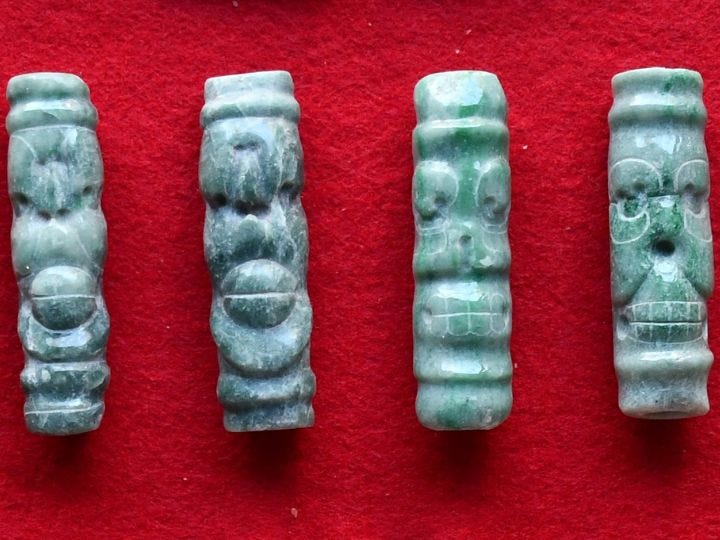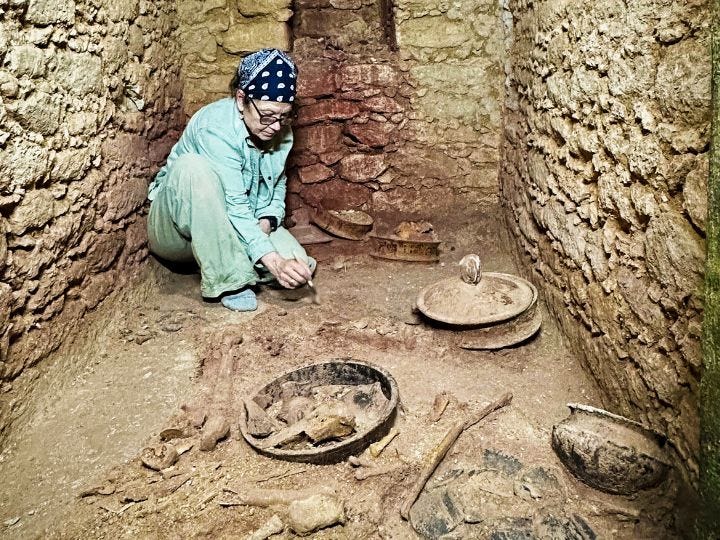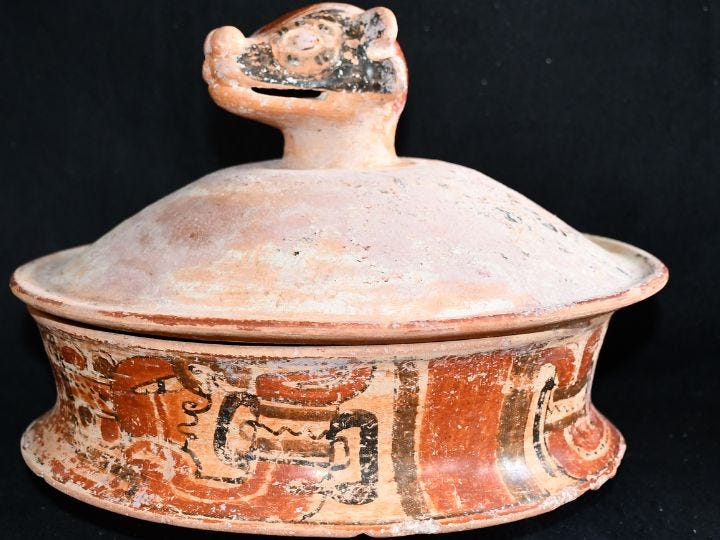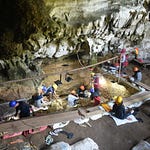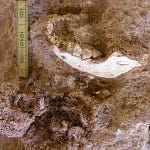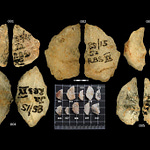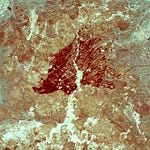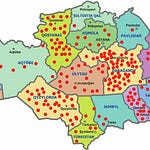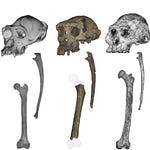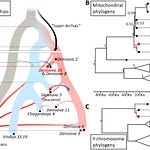In the dense jungle of western Belize, buried beneath a ceremonial acropolis in one of the Maya world’s most expansive ancient cities, archaeologists have located the tomb of a man whose name had until now only echoed through carved glyphs. His name, Te K’ab Chaak, can be translated as “Tree Branch Rain God.” He was the founder of Caracol’s royal dynasty and a figure whose life appears to have stitched together the threads of Maya tradition and pan-Mesoamerican diplomacy.

Arlen and Diane Chase, the University of Houston archaeologists who have excavated Caracol for over four decades, unearthed the ruler’s tomb in 2025. It is the first time that a securely identified royal burial has been found at the site since their work began in the early 1980s.
A Royal Death, Preserved in Jade and Bone
The tomb dates to around AD 350 and sits at the base of a residential and ceremonial complex known as the Northeast Acropolis. Inside, the remains of Te K’ab Chaak were accompanied by carved bone tubes, a jadeite mosaic death mask, eleven ceramic vessels, and ornaments made from marine spondylus shells imported from the Pacific coast. He was estimated to be about 5 feet 7 inches tall and had lost all his teeth by the time of his death, suggesting he lived to an advanced age.
Among the ceramics were images of a Maya king receiving offerings and a depiction of Ek Chuah, the Maya god of traders, surrounded by gifts. Several vessels included images of bound captives, while two lids featured modeled heads of tz’uutz’, or coatimundi, an animal whose name later appeared in royal titles of Caracol’s dynastic successors.
“The tomb contents reflect an intentional display of royal identity and cosmopolitan connection,” said Arlen Chase, who also noted that the symbolic use of animals like the coatimundi helps track continuity in naming and power.
Teotihuacan Echoes in the Maya Lowlands
Perhaps most striking is the tomb’s broader geopolitical context. The burial of Te K’ab Chaak occurred during a period that predates the widely discussed entrada event of AD 378, in which emissaries from the central Mexican metropolis of Teotihuacan are thought to have influenced Maya court politics. The evidence at Caracol suggests these transregional exchanges may have been underway generations earlier than previously recognized.
In 2010, the Chases excavated a cremation burial placed at the center of the same acropolis, dating to AD 350, that contained obsidian blades from Pachuca, central Mexico, along with a carved atlatl projectile point more typical of Teotihuacano warriors than Maya elites. Such funerary rituals—public cremations within residential plazas—were also more in line with central Mexican practice.
“The Caracol archaeological data suggests the situation was far more complicated,” said Diane Chase. “Whether the central Mexican objects reflect actual Teotihuacanos or Maya elites imitating foreign styles, it is clear that the Maya region was part of a larger Mesoamerican network of diplomacy and cultural exchange.”
A Maya Dynasty in Motion
The new burial joins two others from the same residential group, including the tomb of a high-status woman and the aforementioned cremation. All are dated to within a generation of one another, clustering tightly around AD 350. These individuals likely formed a founding lineage that blended Maya ritual tradition with new ideological currents sweeping into the lowlands from the Mexican plateau.
At its peak between AD 560 and 680, Caracol became one of the most powerful Maya cities, eclipsing even the famed Tikal to the west. The city extended over 68 square miles and supported a population of more than 100,000. Its monumental center was linked to its peripheries by causeways, and its hillscapes were sculpted into agricultural terraces. The tomb of Te K’ab Chaak reminds researchers that this urban experiment began with a dynasty whose roots stretched both deep into local soil and far across Mesoamerica’s trade and ceremonial circuits.
Walking Between Worlds
What the tomb also underscores is the remarkable mobility of ancient peoples. The distance between Teotihuacan and Caracol is approximately 1,200 kilometers. Even with modern infrastructure, the journey takes more than 23 hours by car. On foot, it would have taken roughly five months, assuming a steady pace. Yet objects and ideas made that trek, perhaps carried by diplomatic envoys, traders, or elite families maintaining far-flung alliances.
“The connections between the two regions were undertaken by the highest levels of society,” said Arlen Chase. “Initial kings at various Maya cities—such as Te K’ab Chaak at Caracol—were engaged in formal diplomatic relationships with Teotihuacan.”
A Final Note, Written in Jade
The work of the Chases continues, now turning to DNA and stable isotope analysis to reconstruct the life history of Te K’ab Chaak. The jadeite mask discovered in his tomb is undergoing digital and physical reconstruction, potentially yielding insights not only about elite funerary aesthetics but about networks of material acquisition that stretched across the Maya world.
As archaeological data accumulates, it becomes increasingly difficult to portray the early Maya as politically insulated or culturally provincial. The tomb at Caracol stands as testament to a shared elite language of power and ritual that connected city-states and civilizations, from the volcanic highlands of central Mexico to the tropical lowlands of Belize.
Related Research
Braswell, G. E. (2003). The Maya and Teotihuacan: Reinterpreting Early Classic Interaction. University of Texas Press. https://doi.org/10.7560/708776
Stuart, D. (2000). “The Arrival of Strangers: Teotihuacan and Tollan in Classic Maya History.” In D. Carrasco et al. (Eds.), Mesoamerica's Classic Heritage. University Press of Colorado.
Sugiyama, S., & López Luján, L. (2007). “Dismantling the Myth of the Toltec-Chichimec Empire: New Views on Teotihuacan.” Ancient Mesoamerica, 18(1), 85–100. https://doi.org/10.1017/S0956536107000081
Martin, S., & Grube, N. (2008). Chronicle of the Maya Kings and Queens: Deciphering the Dynasties of the Ancient Maya. Thames & Hudson.


